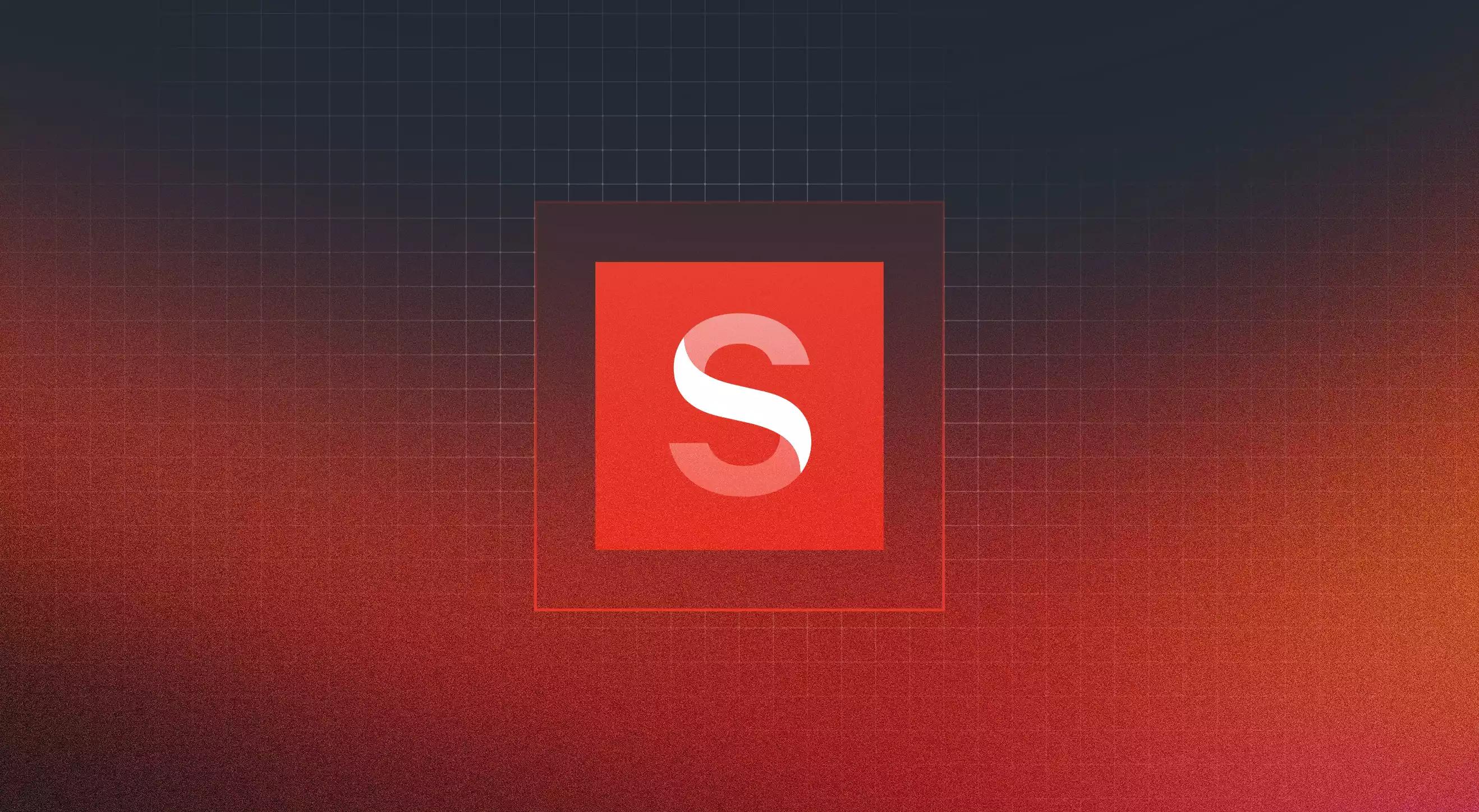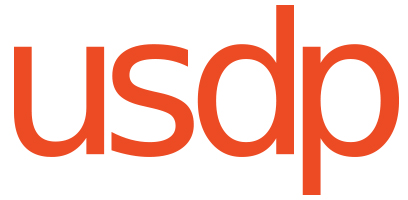Headless CMS Explained: The Future of Content Management
In the last couple of years, we’ve started building more websites using a headless CMS, and more specifically, Sanity. Let’s walk through why that’s the case, and why it might be exactly what your business needs.
Posted: Feb 6, 2025
Last Updated: Feb 6, 2025

With more and more of our clients looking to get away from WordPress, we wanted to share a modern alternative: here is headless CMS explained.
WordPress and other traditional content management systems (CMS) have served their purpose. But when it comes to scaling your business and keeping up with today’s demands, they can feel a little...cumbersome. After our 20+ years spent building WordPress websites, we will be the first to tell you how powerful it can be. However, as with any complex tool, it requires careful management and oversight.
For our developers at USDP, building in WordPress can feel like a game of whack-a-mole. Tracking down plugin issues or fixing errors after an update? It’s time-consuming and, frankly, frustrating. And with so many plugins, page builders, and editors to choose from, helping our clients navigate the maze is a challenge.
But there’s a new (and better) breed of content management, designed to provide more flexibility, more speed, and more room for creative freedom.
In the last couple of years, we’ve started building more websites using a headless CMS, and more specifically, Sanity.
Let’s walk through why that’s the case, and why it might be exactly what your business needs.
What is a Headless CMS?
Let’s start with the basics. A headless CMS is essentially a content management system that focuses solely on managing content without being tied to a specific front-end framework or delivery platform. That’s the “headless” part—it separates the content (the body) from the presentation (the head).
Think of it like this: A traditional CMS (like WordPress) is both the content manager and the front-end (what users see). But with a headless CMS, the content is managed separately, and it can be delivered to any platform via an API (Application Programming Interface). This allows businesses to manage content once and then publish it across multiple channels—websites, mobile apps, e-commerce platforms, and more—without worrying about what’s behind the scenes.
We’ve chosen to work with Sanity, a headless CMS that offers all the flexibility and benefits of this architecture while being user-friendly. Of course, there are several options out there (like Contentful, Strapi, and others), but after years of experience and trial and error, we’ve found that Sanity strikes the right balance between ease of use and developer flexibility.
What are the Advantages of a Headless CMS?
For businesses today, the demands of managing content across multiple platforms—and the need to be agile—have only grown. Here’s how a headless CMS answers those challenges.
1. Flexibility
By separating content from the presentation layer, Sanity gives developers complete freedom to design user interfaces using whatever technologies they prefer. This opens the door for more customized, creative, and flexible design. No more being held hostage by the limitations of a page builder.
2. Omnichannel Publishing
With a headless CMS, managing content in one place is a breeze. Want to push that blog post to your website, intranet, and mobile app all at once? No problem. Sanity’s API-driven model lets you seamlessly publish across any platform, making your content more efficient and far-reaching.
3. Scalability
Whether you’re running a small, local business or a multinational company, Sanity can scale with you. Built on a cloud-based architecture, it’s designed to handle anything from low-traffic blogs to high-traffic, multi-site platforms. And because it’s API-based, it’s adaptable to new technologies, ensuring your content infrastructure can grow with your business over the long term.
4. Real-Time Collaboration
Sanity shines when it comes to collaboration. Content creators, editors, and developers can all work simultaneously within the platform, seeing live updates in real time. This makes team projects smoother and speeds up the entire content creation process—especially useful when teams are working across time zones or remote environments.
5. User-Friendly
One of the biggest benefits of Sanity is that it’s easy to use. Content creators don’t need a technical background to manage and update content. The platform offers an intuitive interface, so your team can focus on what matters most—creating great content—without getting bogged down by technicalities.
6. Improved Performance
By serving content through APIs, Sanity eliminates the need to load and reload pages as users interact with your site. This results in faster page loads and a better user experience—which is also great for your site’s SEO. After all, faster websites tend to rank better in search results.
7. Faster Development
For developers, Sanity offers the flexibility to focus on building the best user experiences without worrying about the constraints of content management. With fewer headaches around integrations and performance issues, the result is faster build times and quicker project turnarounds.
Personally, I like Sanity because the setup and configuration of the content structure is simple. It allows me to spend more time focused on the customers' marketing needs and less time fighting with the CMS platform, plugins, and other conflicts we face with more traditional platforms like WordPress.
8. Enhanced Security
Because the back-end (where content is stored) is separated from the front-end (what users see), the attack surface is reduced. This minimizes vulnerabilities and enhances the overall security of your website. Plus, APIs can be securely authenticated, adding an extra layer of protection.
The Bottom Line: A Better CMS for the Modern Web
Headless CMS platforms like Sanity give businesses more flexibility, scalability, and control over their digital content, while also making life easier for developers and content teams. If you’re looking for a CMS that can support your growth and adapt to future needs, headless is the way to go.
Ready to explore how headless CMS can benefit your business? Let’s chat. We’re here to help you make the best choices for the growth of your business.

US Digital Partners
Content Strategy Team